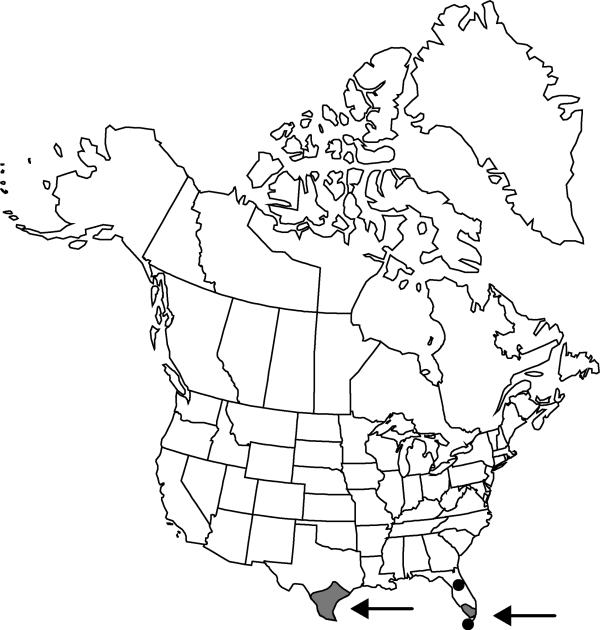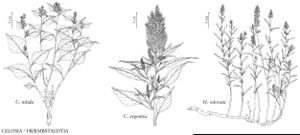Difference between revisions of "Celosia nitida"
Symb. Bot. 2: 44. 1791.
FNA>Volume Importer |
FNA>Volume Importer |
||
| Line 12: | Line 12: | ||
|name=Celosia texana | |name=Celosia texana | ||
|authority=Scheele | |authority=Scheele | ||
| + | |rank=species | ||
}} | }} | ||
|hierarchy=Amaranthaceae;Celosia;Celosia nitida | |hierarchy=Amaranthaceae;Celosia;Celosia nitida | ||
| Line 36: | Line 37: | ||
-->{{#Taxon: | -->{{#Taxon: | ||
name=Celosia nitida | name=Celosia nitida | ||
| − | |||
|authority=Vahl | |authority=Vahl | ||
|rank=species | |rank=species | ||
| Line 51: | Line 51: | ||
|publication year=1791 | |publication year=1791 | ||
|special status= | |special status= | ||
| − | |source xml=https://jpend@bitbucket.org/aafc-mbb/fna-data-curation.git/src/ | + | |source xml=https://jpend@bitbucket.org/aafc-mbb/fna-data-curation.git/src/f50eec43f223ca0e34566be0b046453a0960e173/coarse_grained_fna_xml/V4/V4_801.xml |
|genus=Celosia | |genus=Celosia | ||
|species=Celosia nitida | |species=Celosia nitida | ||
Revision as of 21:43, 16 December 2019
Herbs or subshrubs, perennial, 0.3–2 m, glabrous; rootstock elongate, woody. Stems erect or clambering, branched from rootstock. Leaves: petiole 0.5–2 cm; blade unlobed, deltate, ovate, rhombic, to triangular-lanceolate, 3–7 × 1–4 cm, base abruptly narrowed, truncate, or oblique, apex acute to acuminate. Inflorescences lax panicles of few terminal or axillary spikes, units less than 10 mm diam. Flowers: tepals greenish, greenish white, or pinkish green, striate, drying to tan, ± equal, 3.5–7 mm, rather rigid; style 1 mm; stigmas 3. Utricles 4–5 mm. Seeds to 20, 0.8–1 mm diam., faintly reticulate or smooth.
Phenology: Flowering fall–winter.
Habitat: Coastal sand dunes, coppices, kitchen middens, hammocks, thickets, oak savannas, gravel slopes
Elevation: 0-800 m
Distribution

Fla., Tex., Mexico, West Indies, South America.
Discussion
Celosia nitida is widespread in subtropical regions of the New World. In Florida, it occurs mostly in the Keys north to Dade, Lake, Lee, and Monroe counties; in Texas it is known from the south Texas plains, gulf prairies and marshes, and barely into the Edwards Plateau.
Selected References
None.
